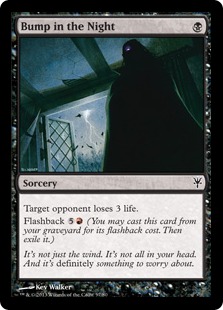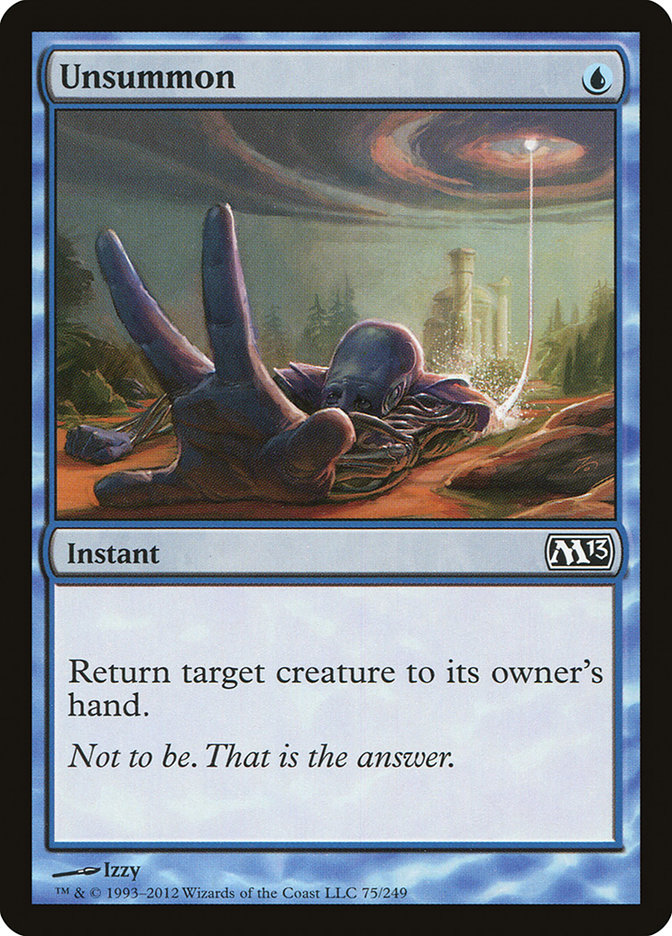Think about the last game of Standard you played. In the first turn, if your opponent either played a shockland untapped or played a basic land and tapped it for mana. Did it make you nervous? Confident? Studious, considering what the tapped land could produce? It’s likely that you felt something though; spells that cost one mana don’t make it into good Constructed decks by being mediocre. Turn 1 Island, Delver is the most recent iteration of this terror. Nowadays, a fully stocked hand that opens with Experiment One, Stromkirk Noble, or Gravecrawler will make you look at your hand and noodle on whether or not you can beat a fast start.
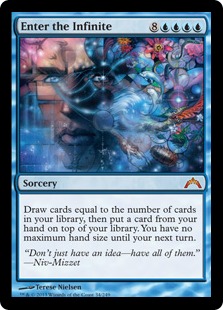
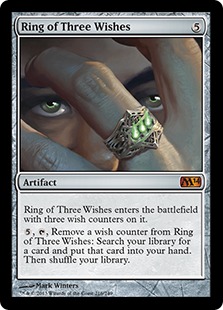
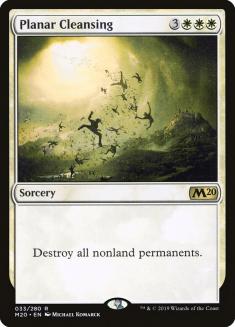
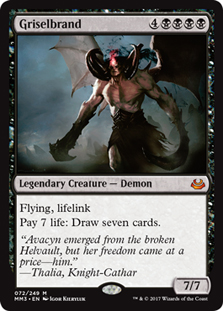
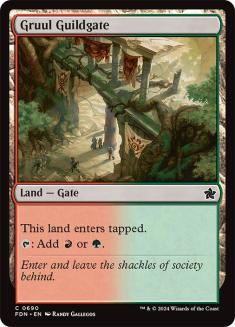
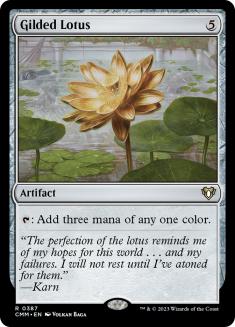
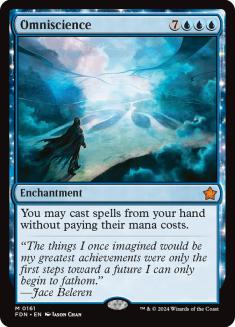
Hmmm . . .
One-drops play a major role in Magic and have throughout the game’s history. The more powerful the format, the more impact spells that cost one mana have. Standard has plenty of options, but today I wanted to focus on two one-mana spells that embody the essence of the decks that can be assembled around them.
Both of these cards are simple, straightforward, and singular in focus. Here’s the first one.
Bump. "Bump" is a fun word to say, and getting a (theoretically) reusable Lava Spike is also exciting no matter how you slice it. Lava Spike is a staple in Modern and Legacy red decks, but despite some occasional trial runs here and there, this little gem hasn’t seen much Standard play. Life drain spells, although effectively the point of most games, are often dismissed as a waste of time and resources. Think about it; a Pillar of Flame and a Searing Spear to the face are utterly erased by casting Thragtusk. That’s, like, a four for one or something (you still have to kill the Tusk and the Beast that follows). Those odds are not what create winning decks, but Bump and its more conventional red neighbors can still have a chance to get the job done against a variety of decks, even those sporting Big Sexy.
The key to make a deck like this work is by living on a single game plan. Combat is irrelevant—just aim for the face. What would something like that look like right now?
Creatures (16)
Planeswalkers (3)
Lands (20)
Spells (21)
Sideboard

Full disclosure for those of you who haven’t read my earlier articles; this is not my first attempt at a burn deck in Standard. My previous attempt was highly ineffective, mostly thanks to the three-color (!) mana base and generally low power level of the deck. It did reward good play, though, and feel free to read the article for some exciting plays in round 1 of the Open where I played it.
This deck, while similar, takes out the creature shell and replaces it with very, very cheap spells. Some creatures still made it in, so let’s look at those.
Creatures
Deathrite Shaman puts on his Grim Lavamancer hood here, Shocking your opponent turn after turn. While he is usually a lauded utilitarian, he only serves one purpose here: to kill. Oh, and to stop them from Snapcasting, I guess. Typhoid Rats is purely a defensive card. It was originally Rakdos Cackler in this build (and in the build from April too), but the truth is that if I unleashed it, it could get stopped by any random three-toughness creature and I was up a creek since it then couldn’t block. I avoided that pitfall this time and subbed the best one-drop blocker in Standard. Well, that’s what I’m arguing anyway.
Thrull Parasite is a relic from my original list, but I still think it’s relevant here. It’s cheap, provides a nice extort trigger to amp up your burn power, and blocks when you need it to—and trust me, you probably will need it to. Blood Scrivener finally has, in my opinion, a firm home here. With nearly every card in the deck costing one mana, Blood Scrivener will not only be likely to draw you cards in the first place, but you’ll often be able to spend those cards right away, ready to replace your draw again next turn.
Spells
21 burn spells. This burn suite could legally drink. Some of these faces are familiar; Bump in the Night, as we discussed earlier, Shock, and Pillar of Flame are all frequent visitors to this style of deck. There are three, though, that demand a bit of explanation. Geistflame is just as powerful as Shock (just more expensive), but it gives you the added flexibility of spending it or discarding it while not losing all its value if you have to do it prematurely. It’s great at picking off mana dorks, early Experiment Ones, and even a wayward Lotleth Troll (assuming a lot of variables of course).
Skullcrack replaces its similar and arguably superior cousin, Searing Spear, but I’ll say the same thing that I said when I made the burn deck in April; if you wouldn’t play Skullcrack maindeck, don’t play it at all because you’re not really a burn deck. Consider this: is a burn deck more likely to lose because of a random X/3 or to a Thragtusk’s life gain trigger or a Sphinx’s Revelation? If your goal is to obliterate your opponent’s life total outside of combat, anything that protects it is enemy number one. As such, I am more than willing to sacrifice the creature targeting to give me a real out against the main enemy of burn strategies.
Rakdos Charm is another bizarre card, but it’s a burn spell too. Although it functions as a utility card to blank reanimator or smash a Witchbane Orb or Pithing Needle, it also deals a ton of damage (on average) for its cost. This can be an instant speed Flame Rift or better, and your opponent won’t know to play around it. You won’t be killing their creatures much, so most every creature they resolve will still be there when you cast this. Greedy players will be in for a surprise when they go from seven to minus two.
Finally, Liliana of the Veil, who is admittedly a strange addition to a black (?) burn deck, not only removes your opponent’s more expensive options from their hand, (your Shocks and Pillar of Flame can remove the cheap ones if you need to) but also slims your own for Blood Scrivener. This deck often lives without a hand for much of the game, as most burn decks do, so her +1 will be your most frequent use. Remember, you won’t be killing their creatures, so her -2 won’t be as helpful because you’ll gain less value when they sacrifice their Spirit token or mana dork. So if you’re just aiming to deplete your opponents’ hand, her -6 becomes pretty handy and pretty scary. In practice, I was able to ultimate Liliana surprisingly frequently, which not so surprisingly led to quick concessions.
The lands are a bit awkward. The deck really relies on black mana for every creature, but the burn is undeniably red; I think this is a good balance, and there’s not enough room for any utility lands and their lack of colored mana production. Bear in mind that even with twenty lands, Blood Scrivener will often snag you one per draw step, so casting Bump in the Night and Geistflame from the yard are not too tricky in my experience.
The sideboard has barely moved since I drafted the deck. Young Pyromancer, not usually relegated sideboards, provides something essential to this deck against aggressive decks: blockers. Every time you dome your opponent, you negate their largest ground pounder’s next attack. No mana, no card commitment—just do what the deck does and you can easily make an Elemental or two to block. Sure, it doesn’t stop trample, but it’s only a two-drop after all. The rest might as well have been set in stone.
Playsets each of Duress and Appetite for Brains keep your opponent’s hands empty of threats in a control matchup, forcing them to live off the topdeck. In congress with these enablers, Shrieking Affliction can hack away at even a lofty life total with punishing efficiency. These discard spells replace Typhoid Rats, Pillar of Flame, and Geistflame respectively in such matchups. Deathrite Shaman doesn’t care if the spell is red or black, so the tiny advantage burn gives against grindy decks can be upgraded.
When piloting this deck, I found that the majority of the planning occurred early on; deciding which threat is worth effectively giving them life (because you’re not burning them) is important. Once you get into playing the deck, though, it’s a simple matter of tapping the right mana, extorting when needed, and getting the timing down. While I wouldn’t call the deck a cakewalk to play, it has a relatively low learning curve. If you have a buddy that is learning Magic and you have the pieces lying around to construct this, why not give it a shot this Friday? If your budget doesn’t permit Liliana, try Searing Spear in her place, but Lili is pretty good.
Our next one-drop build around is a familiar oft-reprinted hallmark spell.
One of my favorite flavor texts. Burn! Oh wait, wrong deck.
Unsummon is a trademark card in one of my favorite aggro-centric strategies: tempo. I define "tempo decks" as decks that focus on answering your opponent’s threats (permanently or temporarily) by committing less resources than your opponent, usually conserving mana and timing. If your opponent casts a blocker, spending their main phase and all their mana to do so, and you Unsummon it (or counter it), you have gained tempo. Unsummon is more focused than something like Disperse, but being a mana cheaper lets you process your plan a turn earlier.
This is basic Magic for some of you, so let me show you its interaction by hopping over to deck numero dos.
Creatures (22)
- 4 Champion of the Parish
- 3 Lyev Skyknight
- 4 Boros Elite
- 4 Daring Skyjek
- 3 Banisher Priest
- 4 Imposing Sovereign
Lands (21)
Spells (17)
Sideboard

I remember how excited Evan Erwin some folks were about Imposing Sovereign when it came out, and I was one of them. Still, you have to exploit that one-turn window. A deck with lots of cheap weenies is a good start, putting pressure on an opponent’s tapped field, which in turn makes them hesitant to attack and leave themselves open. Tempo is all about gaining time advantage, not card advantage, so I wanted to make a deck to capitalize on that.
Creatures
You’ll notice this is a fairly standard white Human shell; not much to point out here except two things. Lyev Skyknight, a sweet Human and utterly perfect on the curve, will keep your opponent’s best creature pinned for a turn while you get in there. Banisher Priest, preferred over Fiend Hunter for her extra point of power, also works well with the plan. Both Clerics lend themselves to mid-combat blowouts. Doom Blade the Fiend Hunter and poof! A wild defender appears! With Imposing Sovereign, though, they can’t even surprise block you.
Spells
Unsummon and Feeling of Dread act as the key instants of the deck. Unsummon not only makes them burn their mana for a turn but recasting it means it still can’t block that turn. Against haste-intensive decks, where they spend their mana during their first main phase, this combination of effects can be particularly strong. A full set of Gather the Townsfolk provides battalion for our two sets of guilded Soldiers or ready and able blockers to discourage your opponent from tapping their attackers further.
Blind Obedience is a redundant effect, but it is harder to kill and it provides an extort outlet; as the last deck demonstrated, cheap spells work well with extort. Detention Sphere acts like Banisher Priest for any NLPs, and Path of Bravery can help you win a race or provide the extra punch your lords and ladies need to smash through any remaining stubborn blockers. Nothing special on its addition, just another redundant but slightly different effect.
For the sideboard, I wanted to plan for all the other decks people could play that aren’t creature heavy. Brave the Elements is great for any kind of deck that runs only one or two colors; it acts as a protection spell or an Overrun in those cases, and it’s cheap enough to slide into any line of play. Negate is a nice cheap catchall for whatever nonsense your opponent might throw at you that you’d like to deal with on the cheap. Again, little is lost when holding up Negate. Rootborn Defenses, useful in grueling combat-heavy matches or against sweepers, will throw your opponent off either way. Occasionally, you’ll make a Human token too.
Fiendslayer Paladin, a nice tag out for Banisher Priest if she seems vulnerable to removal, has a lot of potential and proves to be difficult to block even if your opponent does have a lingering blocker. I added a Saving Grasp just to try it; it’s tempo in a way. You’re using one card to (optimally) negate two removal spells or to rebuy effects, such as a Champion of the Parish trigger or to banish something better with Banisher Priest. People occasionally use Orzhov Charm for that effect, and hey, that’s twice as much and it happens only once! Yeah yeah, that makes Saving Grasp good enough.
*clears throat*
Now, before we head off, here’s the week’s challenge, and it plays directly into our cheap theme of the day.
It Takes One
Some of Magic’s best cards are the cheapest to cast. In fact, many are wonderful because they’re cheap. Cards that cost a single mana have changed metagames (e.g., Goblin Guide, Swords to Plowshares, Dark Ritual), but some have been cast aside. What if they are better than we think? What if the tiny shrimps of Magic have more to offer than the sum of their parts?
Your mission, should you choose to accept it, is about penny pinching. Magic has a lot of gems, flops, and role players right at one mana. They’re the foundation of some decks, including yours today!
- Format: Standard
- For this challenge, the majority of your deck will consist of one-drops, and cards with other costs will be restricted. You may have no more than TWELVE cards that cost exactly two mana. You can include no more than FOUR cards that cost exactly three mana. Nothing more expensive than three mana can be included. Spells with "X" in their mana cost may not be used, and fuse cards, which have an "X" feel, cannot be used. The remainder of your deck will consist of zero-cost, one-cost, and land cards.
- I encourage you to include a sideboard and to consider what metagame might emerge; some cards, like Abrupt Decay for example, get much better in a format like this, while new archetypes might emerge that demand specific answers.
- Normal deck and sideboard sizes apply; minimum 60-card maindeck and a fifteen-card sideboard, and no more than four copies of anything besides basic lands.
- As with each weekly challenge, I will be looking for four things: originality, adherence to the theme, synergy, and playability. While you can certainly pursue a hyperaggressive route, I’d encourage you to look for unique opportunities that a format like this presents. That being said, build what you want to build; I won’t overlook aggro decks!
Make sure to get submissions in by Saturday, August 31, 2013 at 11:59 PM PDT so I have time to review them. You can send your submissions to [email protected]. You can submit a deck multiple times, but bear in mind I will only take the most recent submission as your submission for the week. So if you change your mind and submit another deck or tweak a previously submitted one, I’ll only review the most recent email. As usual, I’ll pick a couple of my favorites and share them next week!

Extra points if you use this card.
If anyone else is heading that direction, I am making my third pilgrimage to Cincinnati this weekend for the SCG Open Series. The Standard deck I’ll be playing is one that I’ve put through round after round of playtesting, tweaking, and more playtesting. I am very confident that the deck is sturdy and prepared for lots of different matchups. To give you a bit of a hint, it’s a juiced-up version of one of my own submissions to an Untapped challenge in the last few months. Next week I’ll bring you that story, a fun deck, and the chosen decks for this week’s challenge. Good luck, and thanks to everyone for all their participation in these challenges! I hope you have had a fun and encouraging experience building with like-minded folks.
Until next week, don’t forget to untap one land!
– Matt
CaptainShapiro on Magic Online

